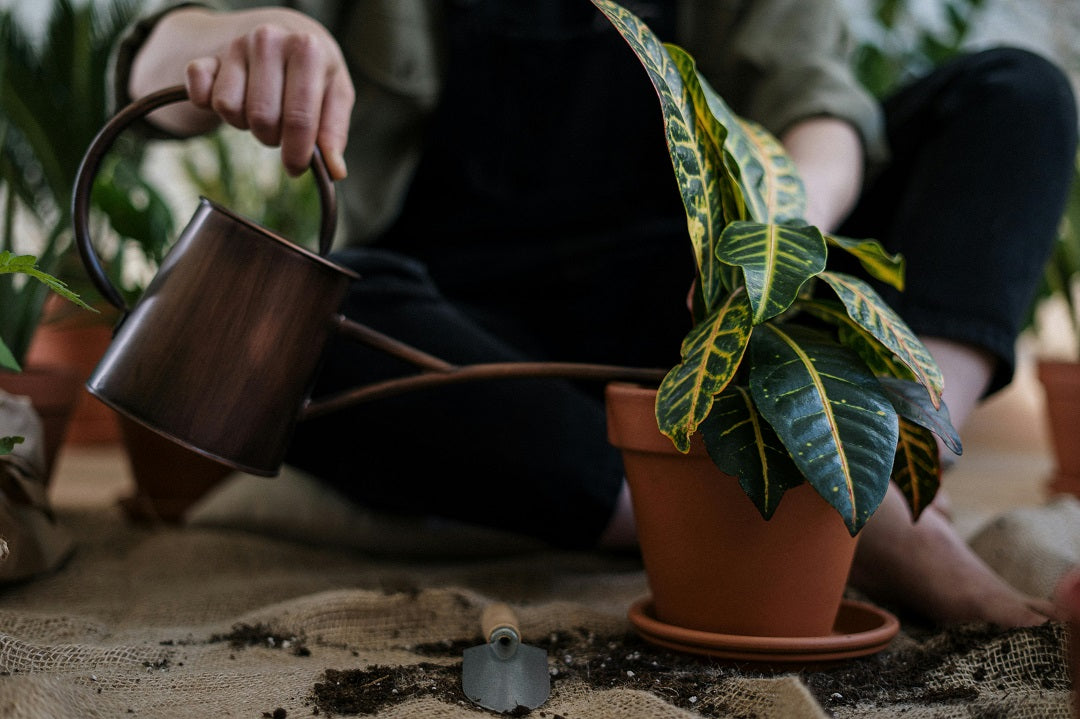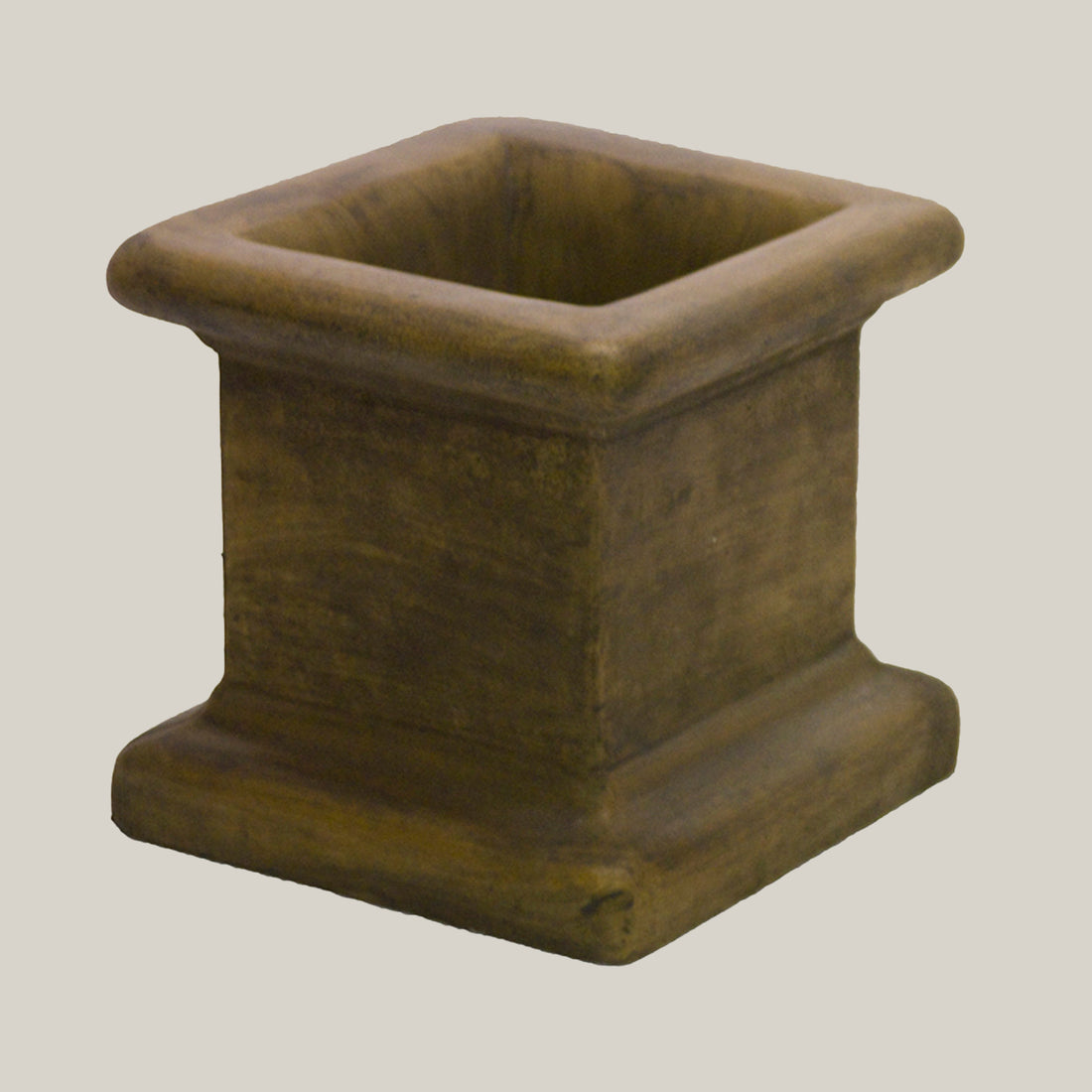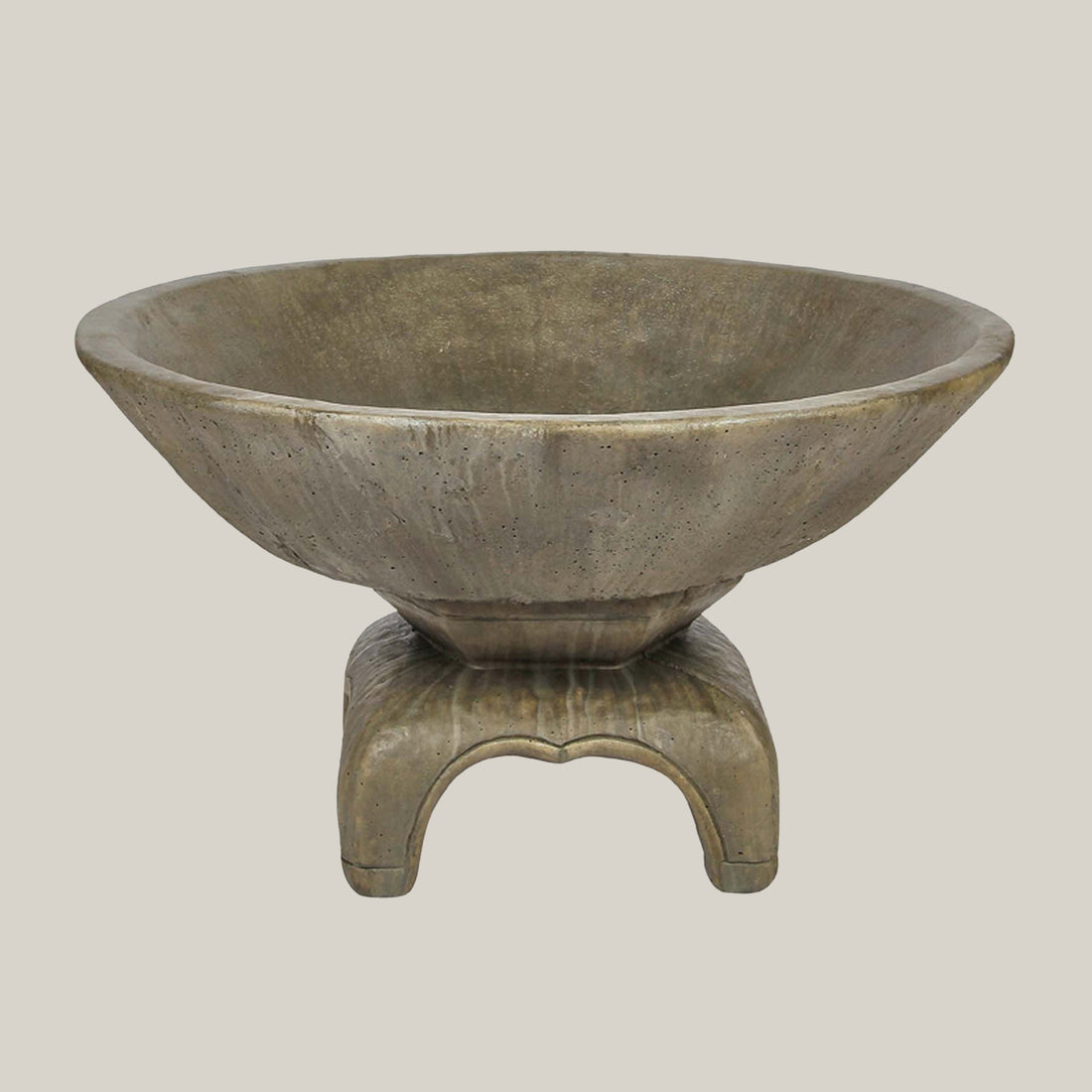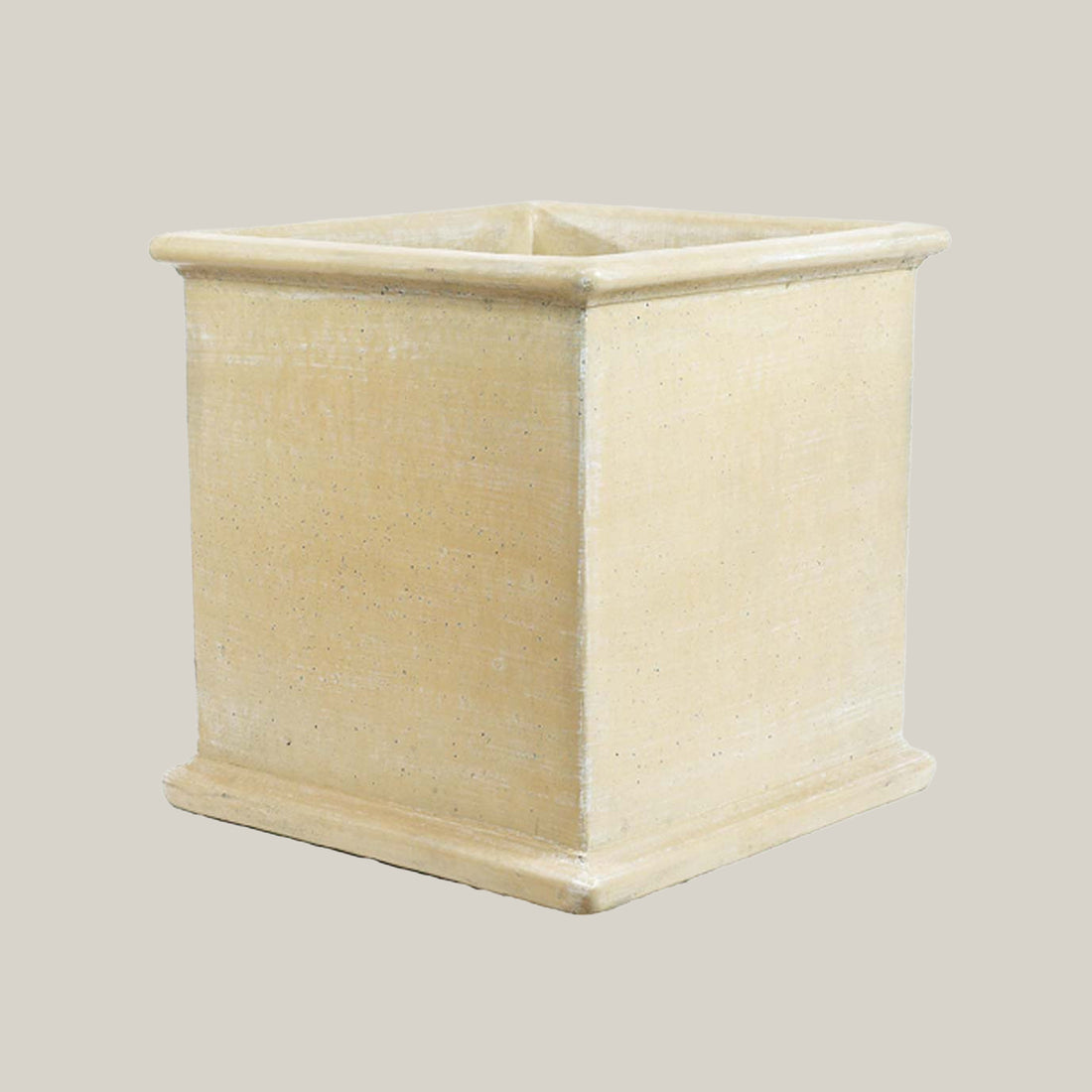Plant saucers may look like a small detail in plant care, but they make a big difference in how well your plants grow and how tidy your home stays. When water collects in the saucer, you may wonder if it’s harmless to leave it there or if you should dump it right away. Some plants benefit from the extra moisture, while others suffer from it. In this article, we’ll explore what really happens when water stays in a saucer, the risks involved, and the rare times when it can actually help your plants.
Why Water Collects in Plant Saucers
Before we decide whether it’s good or bad to leave water behind, it helps to understand why it collects there in the first place. A saucer isn’t just a dish under your pot—it’s a tool that catches the extra water your plant doesn’t absorb right away.
Excess Drainage
When you give your plant a good, deep watering, the soil holds onto what it needs and allows the excess water to drain out into the saucer. This isn’t a bad thing—in fact, it helps flush out salts and minerals that can build up in the soil over time. The saucer’s role is simple: it catches that runoff so it doesn’t end up on your floors, patio, or furniture.
Overwatering Habits
If you often give your plants more water than they need, you’ll notice saucers filling up more frequently. Water lingering at the bottom is usually the first sign that the soil can’t absorb everything at once. Instead of seeing it as a problem, think of it as feedback—your plant is showing you that it’s had enough, and you may need to adjust your watering routine.
Environmental Factors
Humidity, rainfall, and placement all influence the amount of water that ends up in a saucer. A pot outside on a rainy day will almost always overflow, while a plant in a dry indoor room may barely leave a trace. Even temperature comes into play, since warm air dries soil faster while cooler spaces slow down evaporation, changing how often saucers collect water.
The Risks of Leaving Water in Saucers
Standing water may look harmless, but it often causes more problems than it solves. The longer it sits, the greater the chance it affects your plant’s health and your space.
Root Rot
Roots need both water and oxygen to function. When water lingers in a saucer, the soil at the bottom of the pot stays saturated, cutting off air circulation. Over time, roots begin to suffocate and rot, leaving the plant weak, discolored, and prone to collapse.
Pest Attraction
Still water is one of the fastest ways to attract unwanted visitors. Mosquitoes use it as a breeding ground, and fungus gnats are drawn to the damp soil it creates. Once pests find their way in, they can spread to other plants in your home or garden.
Surface Damage
Leaving water to sit under a planter doesn’t just hurt the plant; it also affects what’s underneath. Wood floors can swell and warp, tile may stain, and concrete can show mineral marks that are tough to scrub away. The longer water is trapped, the harder it becomes to reverse the damage.

How Different Plants Respond to Standing Water
Not every plant reacts to saucer water the same way. Some tolerate it for short periods, while others decline quickly if their roots stay wet.
Moisture-Loving Plants
Ferns, calatheas, and other tropical species can sometimes handle a little extra water, especially if their environment is dry. A short period of standing water won’t always harm them, but long-term exposure still increases the risk of rot.
Drought-Tolerant Plants
Succulents, cacti, and Mediterranean herbs are highly sensitive to soggy soil. Their roots store water, so any extra left in the saucer can harm them. Even a few hours of standing water may be enough to cause damage.
Edibles and Herbs
Vegetables and herbs prefer steady watering, but leaving water in a saucer can keep the soil too damp. This often encourages shallow root systems that weaken over time. Healthy growth comes from consistent watering combined with proper drainage, not with waterlogged conditions.
Indoor and Outdoor Differences with Saucer Water
Where you keep your plants makes a big difference in how leftover water affects them. The same saucer that seems fine outdoors can create issues indoors.
Indoor Settings
Indoors, water left sitting in a saucer can lead to spills, stains, and even mold growth in tucked-away corners. Because airflow is limited and evaporation happens more slowly inside, the water tends to linger much longer than it would outdoors. Over time, this can create musty odors or leave unsightly marks on wood, tile, or carpet, making regular saucer checks an important part of indoor plant care.
Outdoor Gardens and Patios
In outdoor spaces, natural elements often decide how long water stays in a saucer. Rain can quickly fill them, and warm sunshine may evaporate the water within a day. During extended periods of wet weather, saucers may remain full, leaving the soil consistently damp and raising the risk of root rot. Monitoring how much water collects becomes especially important if your pots sit directly on concrete or wood, where overflow may cause staining.
Balcony or Small Spaces
On balconies or small patios, even a small amount of water left in saucers can attract mosquitoes or gnats and make the floor slippery. Because these spaces are compact, one spill or overflow feels more disruptive than in a large outdoor garden. In some cases, saucer water can even drip to the level below, creating extra mess or frustration for neighbors, which makes proper management even more important in shared living environments.
When Leaving Water Can Be Useful
While it’s generally better to empty saucers, there are times when leaving water can work in your favor. These situations call for extra care and close attention.
Temporary Self-Watering
If you’re away from home for a short time, letting a little water remain in the saucer can serve as a temporary backup. Plants that prefer consistent moisture may draw from this small reserve, keeping them from wilting before your next watering. It isn’t a long-term solution, but for a day or two, it can bridge the gap and give you peace of mind.
Humidity Boost
Many tropical plants thrive in humid environments, and saucer water can provide a modest lift in moisture around the leaves as it evaporates. This effect is particularly effective in heated or air-conditioned homes, where the air is often dry and harsh on sensitive plants. While it won’t replace a humidifier, it can make a noticeable difference in maintaining leaf health and preventing edges from crisping.
Outdoor Heat Conditions
In hot, sunny climates, pots can dry out faster than you expect, sometimes within hours. Leaving a shallow amount of water in the saucer can help slow evaporation from the soil, protecting roots from stress. The trick is to keep the water level low so it moistens without drowning, offering just enough relief to balance the heat.

Better Alternatives to Standing Water
If you want the benefits of extra moisture without the risks, there are safer ways to achieve the same results.
Pebble Trays
Adding a layer of pebbles to a saucer creates a simple but effective buffer between the pot and any collected water. As the pot rests on the stones, excess water settles below, keeping the roots dry while still allowing evaporation to add a touch of humidity around the plant. This method is also useful for houseplants that need moisture in the air but cannot tolerate soggy soil. It’s low-maintenance, inexpensive, and easy to adjust depending on the size of your pot.
Self-Watering Planters
Self-watering planters simplify daily care with built-in reservoirs that gradually release moisture. Instead of roots sitting in stagnant water, plants draw only what they need through capillary action, which keeps the soil evenly moist without the risk of overwatering. This system works well for busy schedules or for plants that thrive on consistent care. While the upfront cost is higher than standard pots, the long-term benefits for plant health and convenience often make it worthwhile.
Double Potting
With double potting, a functional grow pot with drainage holes is placed inside a larger decorative container. The outer pot discreetly catches any runoff, while the inner pot stays elevated and properly drained. This setup protects your surfaces with design flexibility, since the outer pot can be switched to suit different spaces or seasons. For anyone who wants both style and practicality, double potting offers a balance of aesthetics and plant safety.
Practical Tips for Managing Saucer Water
You don’t need to overcomplicate how you handle saucer water. A few consistent habits go a long way in protecting your plants and home.
Timely Emptying
Aim to empty the saucer within about 30 minutes after watering. This short window allows the soil to drain fully while ensuring the roots aren’t left sitting in stagnant water for long periods. By making this a regular habit, you can prevent issues like root rot and discourage pests that thrive in damp conditions. Over time, this simple step becomes second nature and saves you from bigger plant health problems down the road.
Regular Cleaning
Even if you’re diligent about emptying saucers, mineral deposits, algae, or soil residue can still collect along the edges. Giving saucers a quick rinse once a week helps prevent buildup, and an occasional scrub with mild soap and water keeps them fresh and sanitary. Clean saucers not only look better but also reduce the chances of salts leaching back into the soil, which can harm sensitive plants. This small routine can make a noticeable difference in the long run.
Monitoring Patterns
Take note of how often and how much water collects in your saucers. If they’re filling every time you water, it could be a sign that your plants are getting more than they need or that your potting mix drains too slowly. On the other hand, if saucers rarely collect water, you might be underwatering or using a mix that drains too quickly. By noticing these patterns, you can adjust your watering habits and give plants the right amount of moisture.
Common Mistakes Gardeners Make with Saucer Water
Even experienced gardeners can make errors with saucer water. Avoiding these pitfalls makes your care routine easier.
Forgetting to Check
Large or heavy pots can hide water in saucers for days. Out of sight often means out of mind, which is when problems start. Over time, that unnoticed water can damage both the plant’s roots and the surface underneath.
Confusing Moisture Needs
Not all plants benefit from extra water. Some gardeners assume every plant likes a damp base, but many actually decline in those conditions. Knowing which plants prefer drier soil saves you from accidental overwatering.
Ignoring Material Absorption
Terracotta and clay saucers soak up some water, but that doesn’t mean the surface underneath is safe. Moisture can still seep through, leaving stains if you’re not careful. Adding a protective layer or coaster under the saucer can prevent long-term damage.
Making the Right Choice for Your Plants
So, is it bad to leave water in a plant saucer? Most of the time, yes—it puts your plants at risk of root rot, invites pests, and can damage surfaces if the water lingers. Still, there are a few situations where a small amount of water can be beneficial, such as giving thirsty plants short-term support or adding humidity. The key is knowing your plant’s needs and managing saucer water intentionally, rather than leaving it to chance. By paying attention to how water affects both the plant and its surroundings, you’ll create a healthier setup for your greenery and your space. If you’re ready to upgrade your planters and saucers, explore the wide selection at Ten Thousand Pots to find options that match your plants and style.
Related Content
Ceramic Plant Saucers 101: Benefits, Sizing & Styling





